Therapies
Our Vision
Doing, Being, Becoming, Belonging
(Wilcock,A,A 1998)
Occupation, language and communication underpin all aspects of relationships and learning. At Bradstow we are committed to providing an environment where all young people are given the opportunity and encouraged to maximise their learning potential. Developing relationships with others and increasing participation in meaningful activity across the 24 hour curriculum is the core foundation of our service.
We seek to celebrate each young person’s strengths and meet their individual needs through child-centered therapeutic approaches whist working collaboratively with parents and the multi-disciplinary team. We provide therapy through a holistic and integrated approach that places the young person at the centre of everything we do.
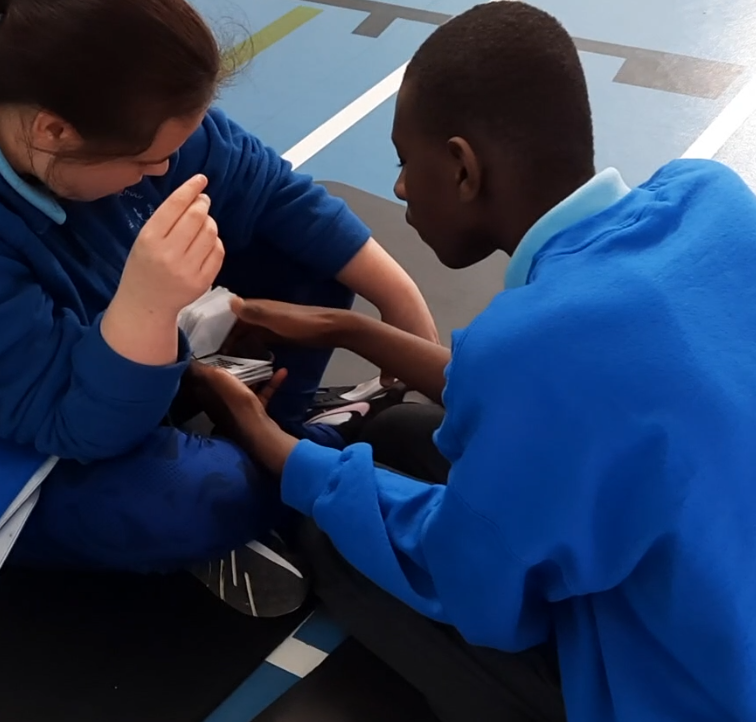
Our Aims
To integrate therapy interventions and plans into all aspects of the 24hour curriculum.
To develop strong links with parents and primary carers, valuing their input into the assessment and therapeutic process.
To increase the knowledge, awareness and skills of all school and home staff through ongoing direct and indirect training.
A commitment to continuous professional development to ensure that quality evidence based practice and clinical outcomes underpin every decision.
Continuous service development through audit and reflective practice.
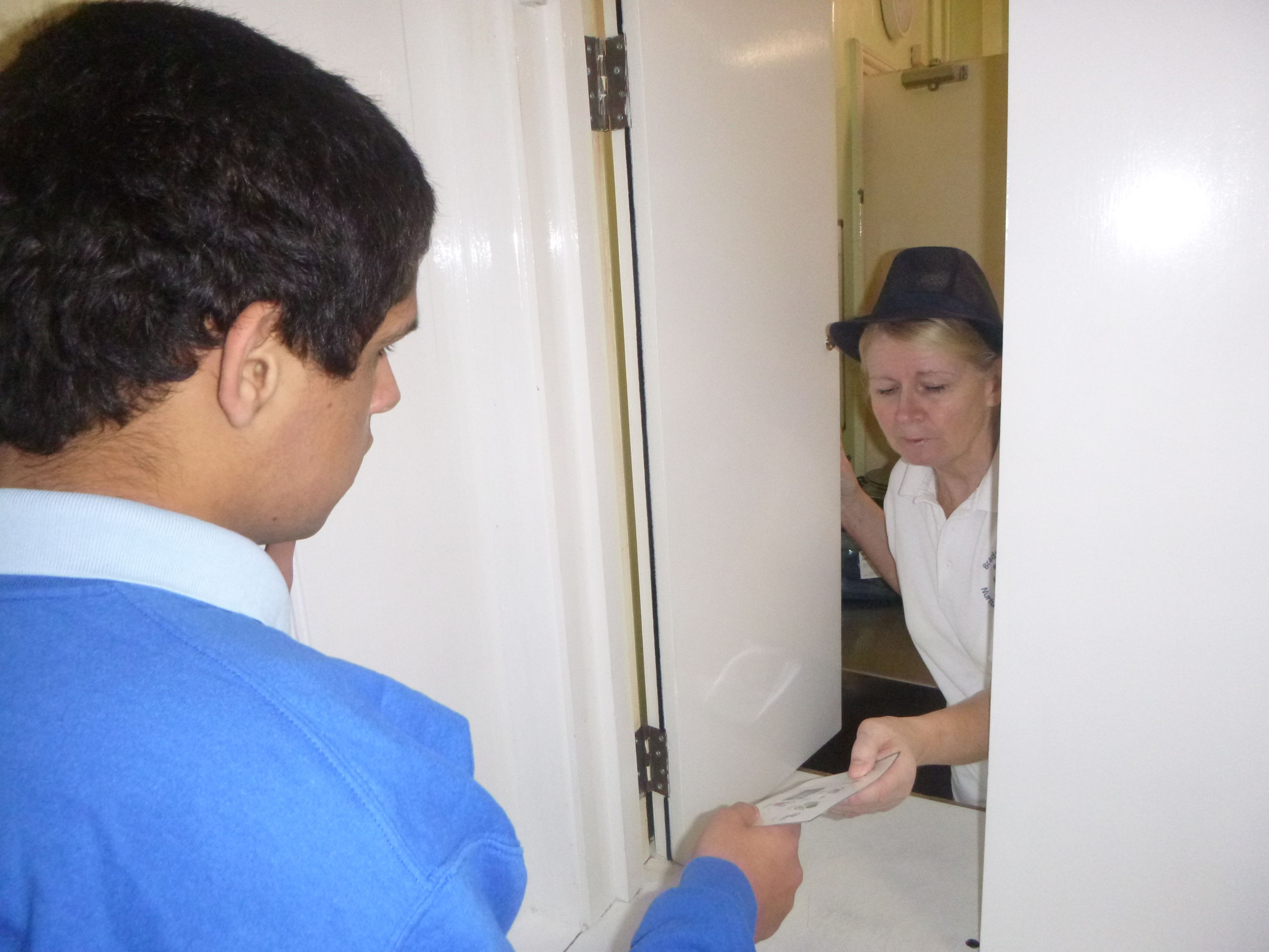
Assessment
SCERTS (Copyright 2006 – Paul H. Brookes Publishing, Co.) – Social Communication Emotional Regulation Transactional Support
The SCERTS® Model is a research-based educational approach and multidisciplinary framework that directly addresses the core challenges faced by young people with ASD and related disabilities, and their families. SCERTS® focuses on building competence in social communication, emotional regulation and transactional support as the highest priorities that must be addressed in any program, and is applicable for individuals with a wide range of abilities and ages across home, school and community settings.
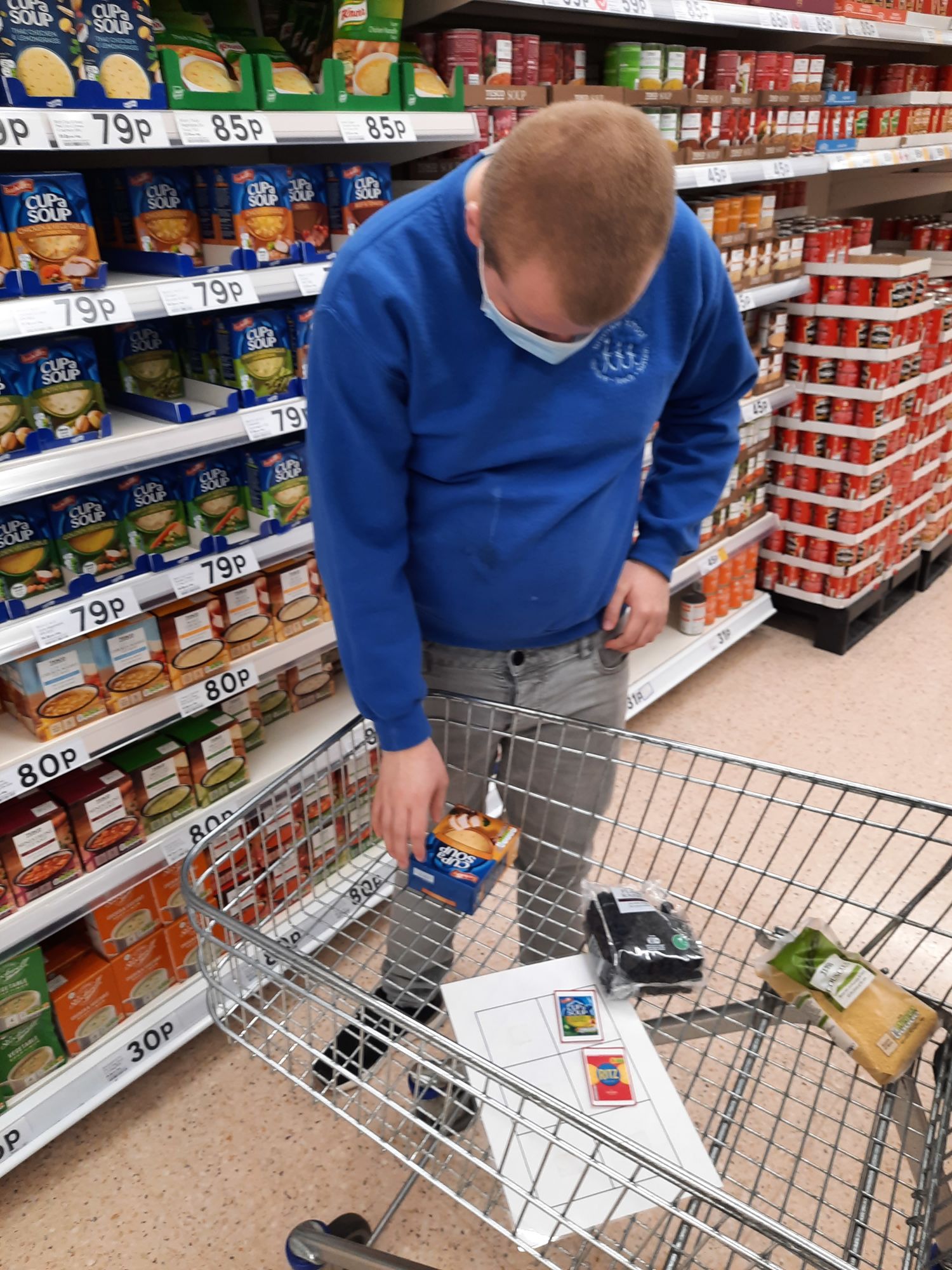
Provision
Following assessment and completion of a joint OT and SaLT report, the therapists will identify a young person's strengths and needs and implement intervention plans. Young people receive interventions dependent on their level of need as identified by the universal, targeted, specialist model.
Universal
All young people receive a universal service. This is a whole school approach implemented by staff in class and home focusing on communication and occupational need. Therapists provide ongoing support, training and resources. Individual Education Plans are written and reviewed termly, working collaboratively with the home managers, teachers, young person and parents.
Targeted
Interventions that require direct involvement from a therapist, for assessment and monitoring, delivered by therapy assistants, core staff and parents.
Specialist
The young person receives direct assessment, intervention and review from the therapist.
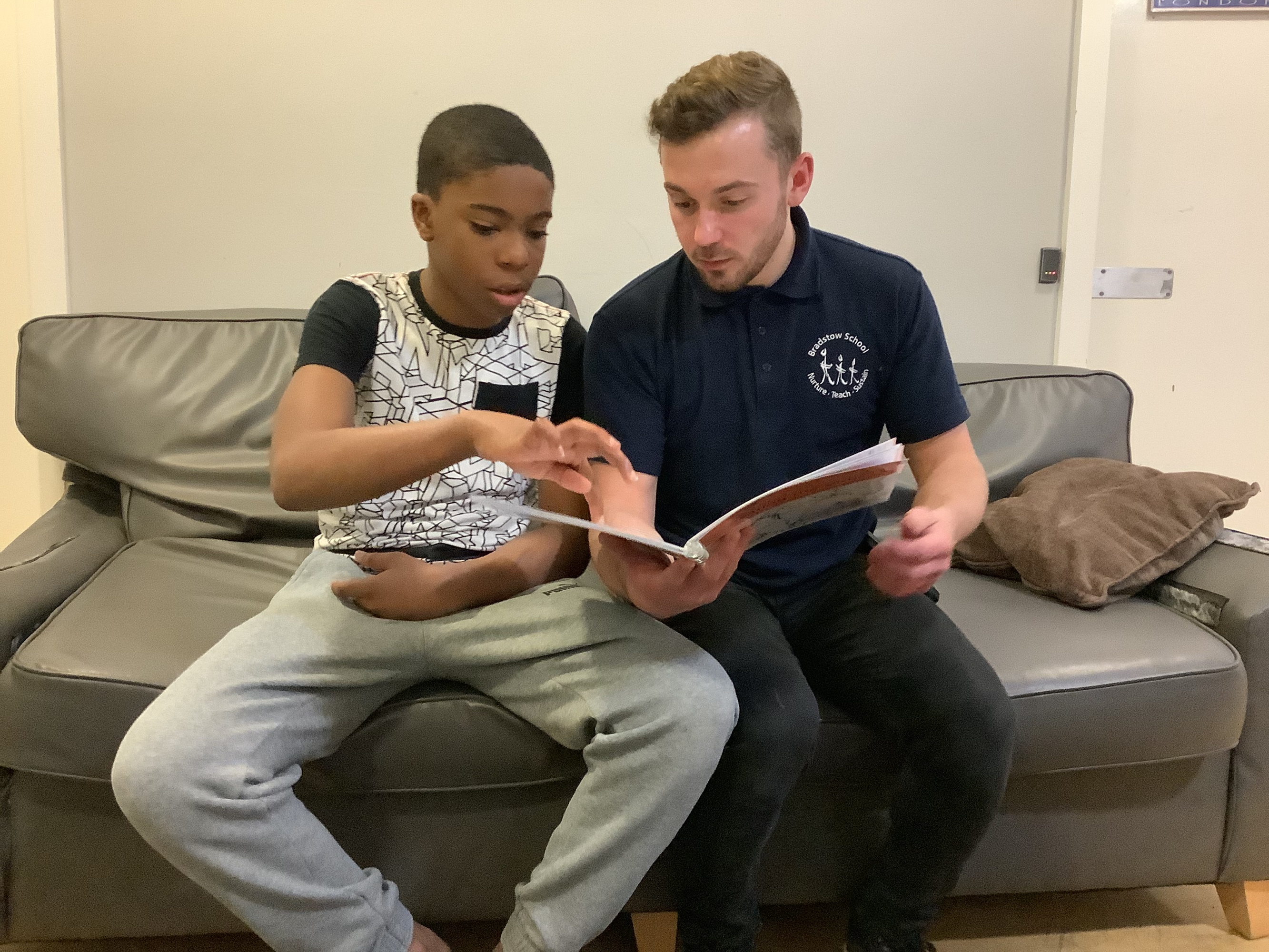
Occupational Therapy at Bradstow School
Occupational Therapy (OT) promotes the development of skills and independence in all Activities of Daily Living (ADL) (e.g. feeding, toileting, dressing and bathing) and Instrumental Activities of Daily Living (IADL) (e.g. shopping, preparing food, using public transport, money management, housekeeping).
Sensory, fine and gross motor and functional skills are assessed through observations, standardised and non-standardised assessment in the school, home and community. Young people are provided with a therapeutic intervention plan and sensory diet which is incorporated into the 24 hour curriculum. Our therapists work collaboratively within the Multi-Disciplinary Team (MDT) to identify needs of the young person and set targets in the following areas of the Education Health and Care Plan (EHCP); Social Emotional Mental Health, Sensory and Physical.
OT can be provided in both individual and group work activities with equipment and strategies using a sensory integration approach to support the needs of the young person, to reduce anxiety, regulate emotions and improve engagement and participation meaning they are more available for learning.
Staff receive training to understand how to support particular difficulties which may be impacting engagement, levels of anxiety and behaviour. The OT will train and liaise with staff to ensure there is a consistent approach across the waking day curriculum.
Assessment and Therapeutic Approaches
Sensory Profile 2
identifies how sensory processing patterns may contribute to or interfere with a young persons’ occupational participation at home, school, and the community. Valuable information contributes to a comprehensive assessment of the child's sensory strengths and challenges in context. The results provide an increased awareness and understanding of sensory processing preferences not only for the young person but also for the therapist, team members, family members, and others who are close to the individual.
Fine motor development
developing fine motor skills helps build the foundation for important future skills and involves the use of smaller muscles for object manipulation, grasping, writing, dressing, eating and hygiene https://www.cleverfingers.co.uk/
Gross motor development
developing gross motor skills involves the use of large muscle movements to build upon skills such as independent standing, sitting, crawling, walking or running.
Sensory circuits
Sensory Circuits is a sensory motor skills programme that helps young people become more organised and achieve the 'just right' level of alertness they need to help them prepare for the day's learning.
The Zone
A specially designed interactive space aimed to stimulate the senses, promote de-escalation and encourage engagement. They are great for promoting an array of developmental skills for example hand eye coordination, fine and gross motor skills and colour recognition. It offers a range of programmes aimed at individual’s needs.
Sensory Backpacks
Bags to travel with the young person to and from home and school full of individualised preferred engaging sensory tools to develop the young person’s ability to co-regulate and self-regulate.
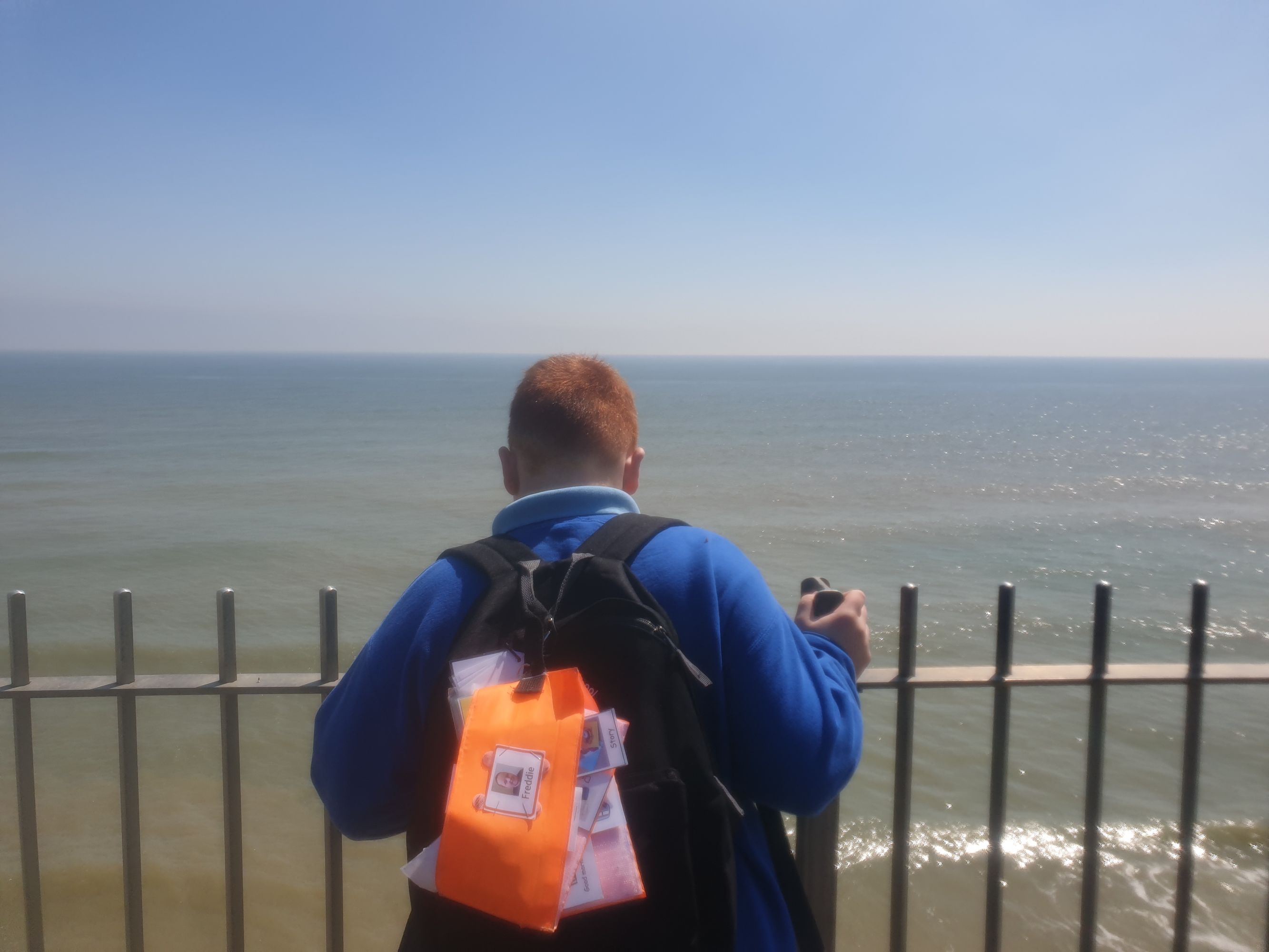
The Trim Trail
Helps to develop physical skills like balance, coordination and stamina but also will teach young people how to handle risk, solve problems and develop resilience – all skills which can be transferred to the classroom and which are essential for life after school.
Rebound Therapy
Used to facilitate movement and promote balance, increase or decrease in muscle tone, relaxation, improve fitness and exercise tolerance https://www.reboundtherapy.org/
Speech and Language Therapy at Bradstow School
At Bradstow we work with young people who have complex communication needs. Speech and Language Therapists work towards developing fundamental communication skills such as attention and listening, understanding information, expressive language and developing relationships. Strengths and needs are identified through an assessment process involving information gathering, observation, formal and informal assessment and collaboration within the multi-disciplinary team.
Targets and programs are developed, identifying key areas of need and appropriate intervention approaches. Reviews take place at least 3 times a year however frequency may increase in line with the changing need of the young person. Intervention approaches are carried out by therapists and/or therapy assistants. Core staff receive ongoing training to ensure they are equipped to support the communication needs of the young people.
Ensuring each young person develops meaningful relationships and is able to access and learn from the curriculum is core to the service provided at Bradstow.
Assessment and Therapeutic Approaches
Intensive Interaction
is a communication approach aimed at developing interaction and communication abilities between children and adults with communication needs and the people in their environment
https://www.intensiveinteraction.org/
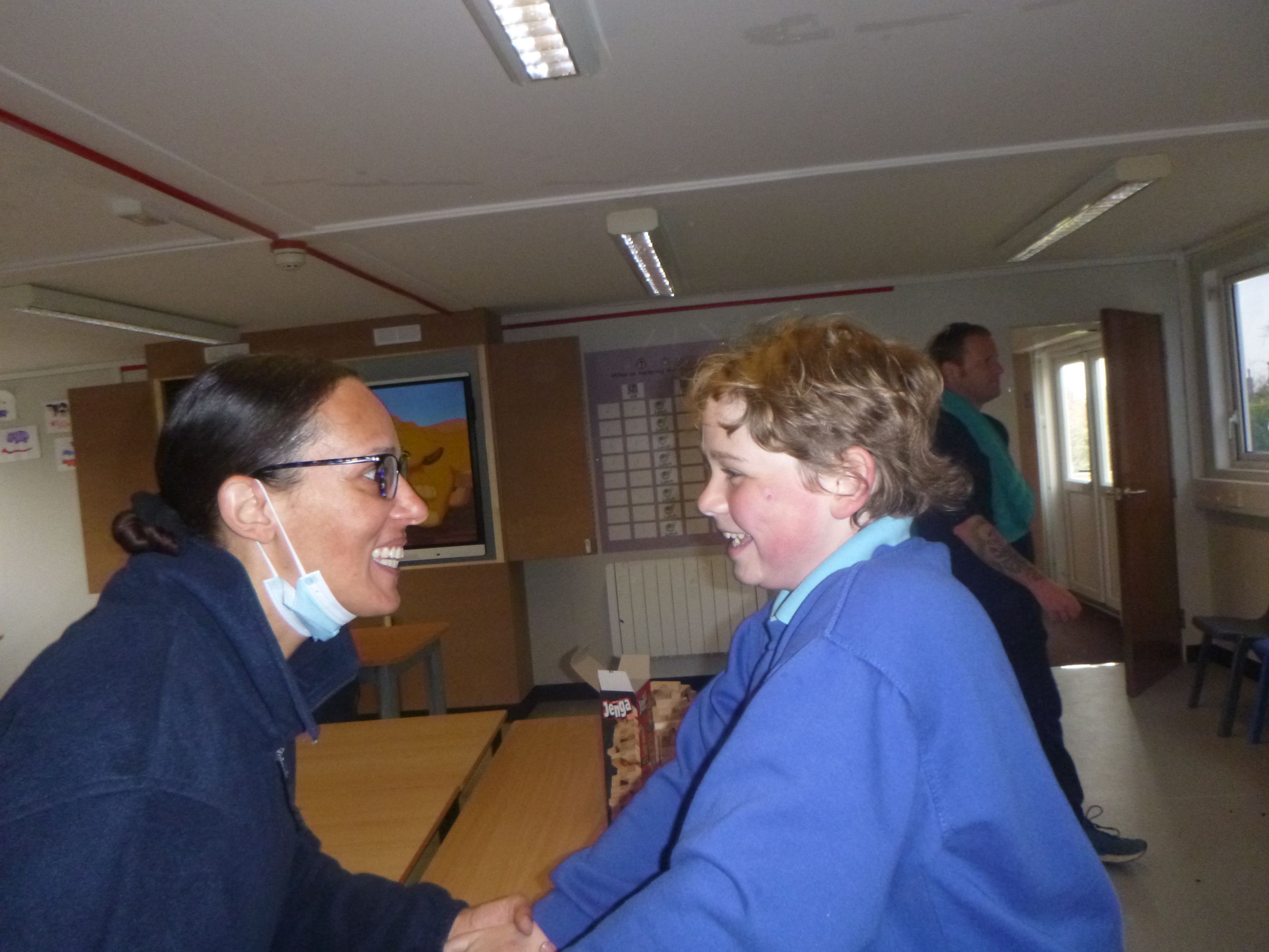
Picture Exchange Communication System (PECS)
is an alternative / augmentative communication system that is used to teach functional communication. It consists of six phases, starting with the young person learning to exchange a symbol for a desired item or action and eventually leading to the young person being able to use symbols to answer questions and comment.
https://pecs-unitedkingdom.com/pecs/
Objects of reference
are objects used with a young person to represent a person, place, object or activity. They can be used to provide information to the young person about an upcoming event or activity and support them to make choices. They also promote understanding of spoken words.
https://www.totalcommunication.org.uk/objects-of-reference/
Talking Mats
uses picture communication symbols to enable the young person to think about what they feel about topics such as where they live and what they like doing. They place the symbol under a scale for example happy, unsure, or unhappy to indicate their feelings.
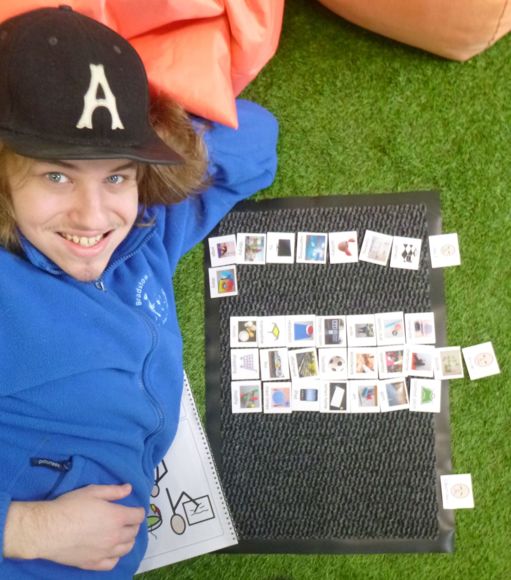 Talking Mats
Talking Mats
Social Stories
are tools that provide a safe and meaningful exchange in the form of text and illustration. Information is shared between parents, professionals and people with autism.
https://carolgraysocialstories.com/social-stories/what-is-it/










